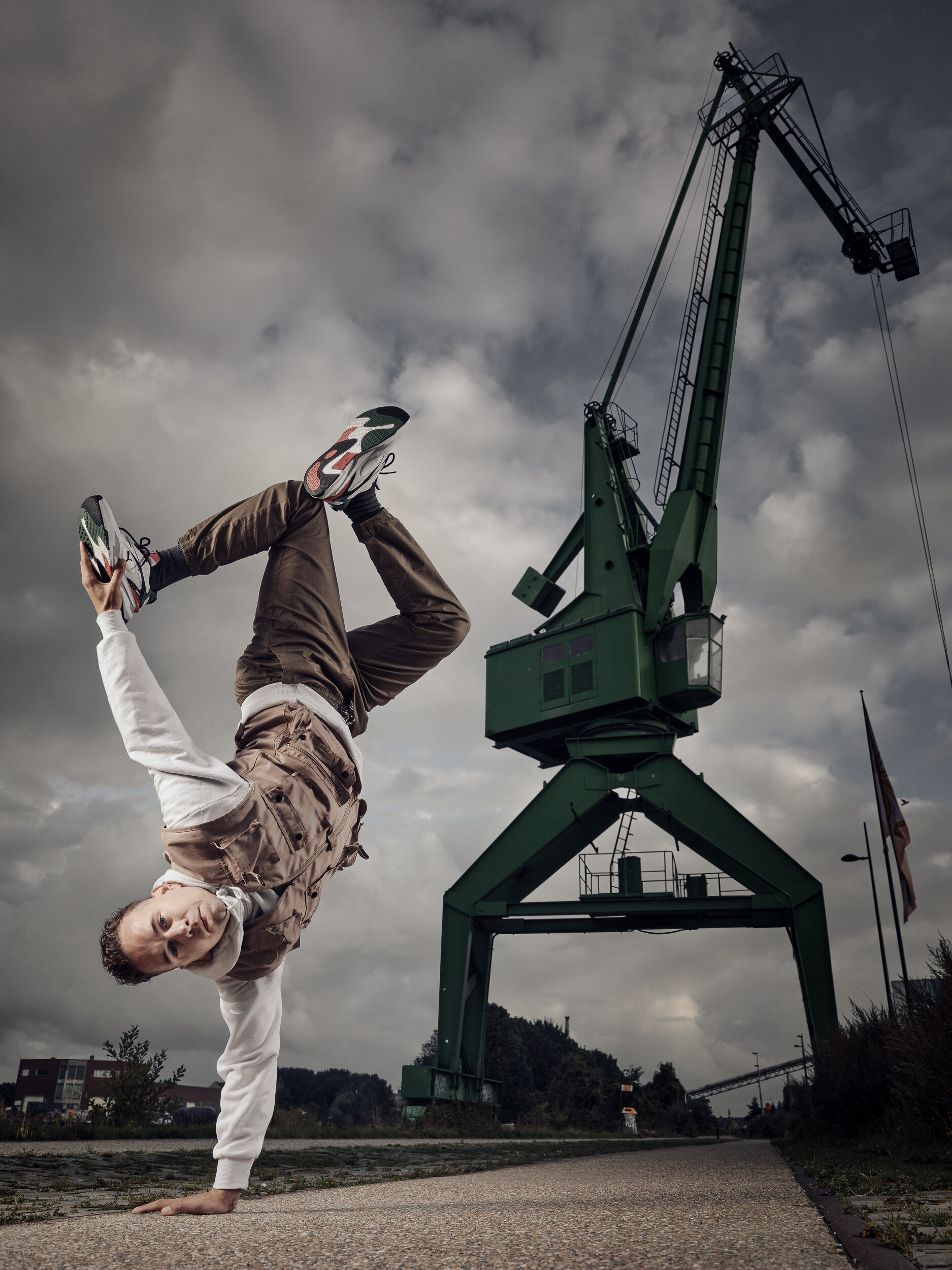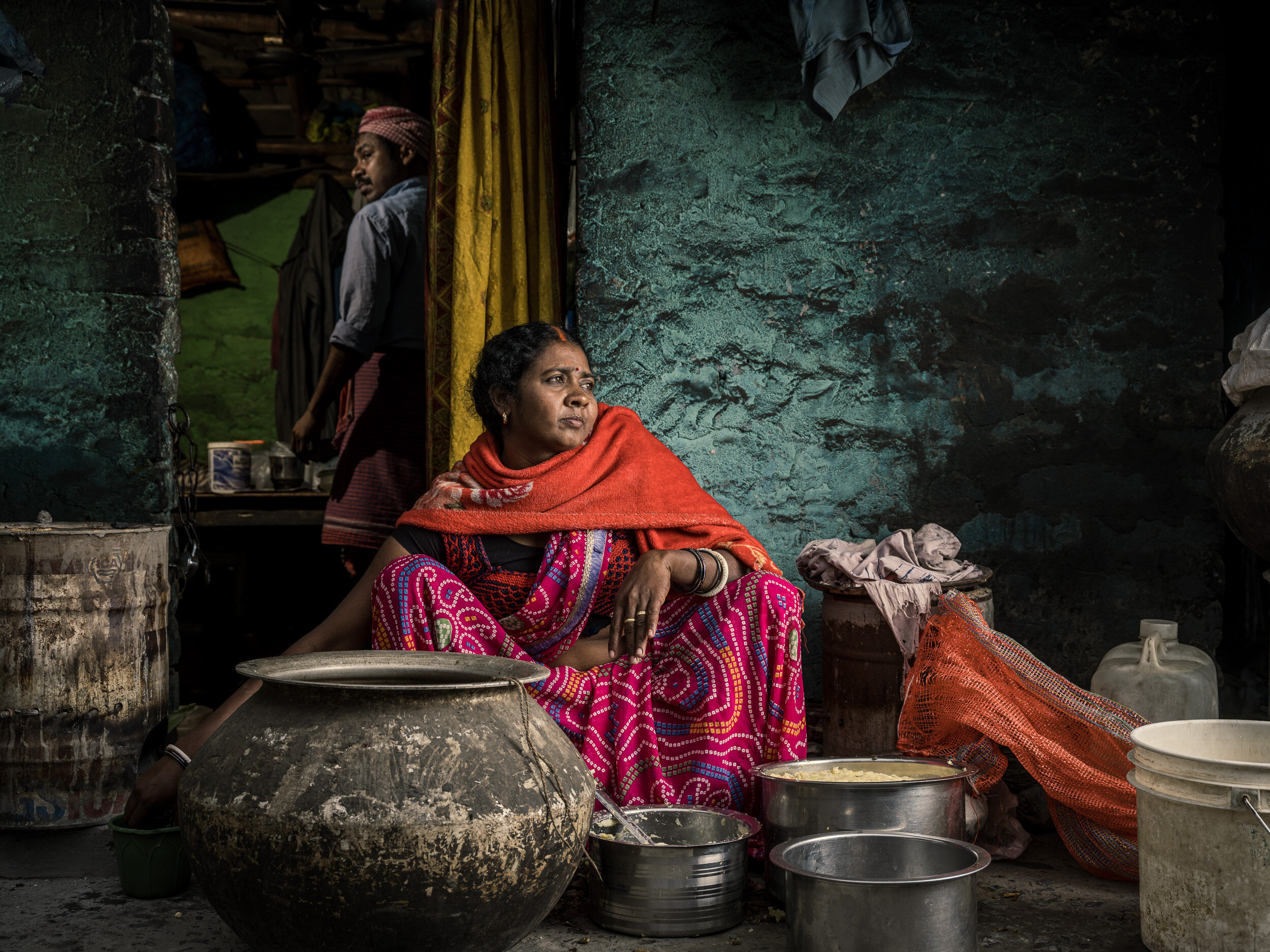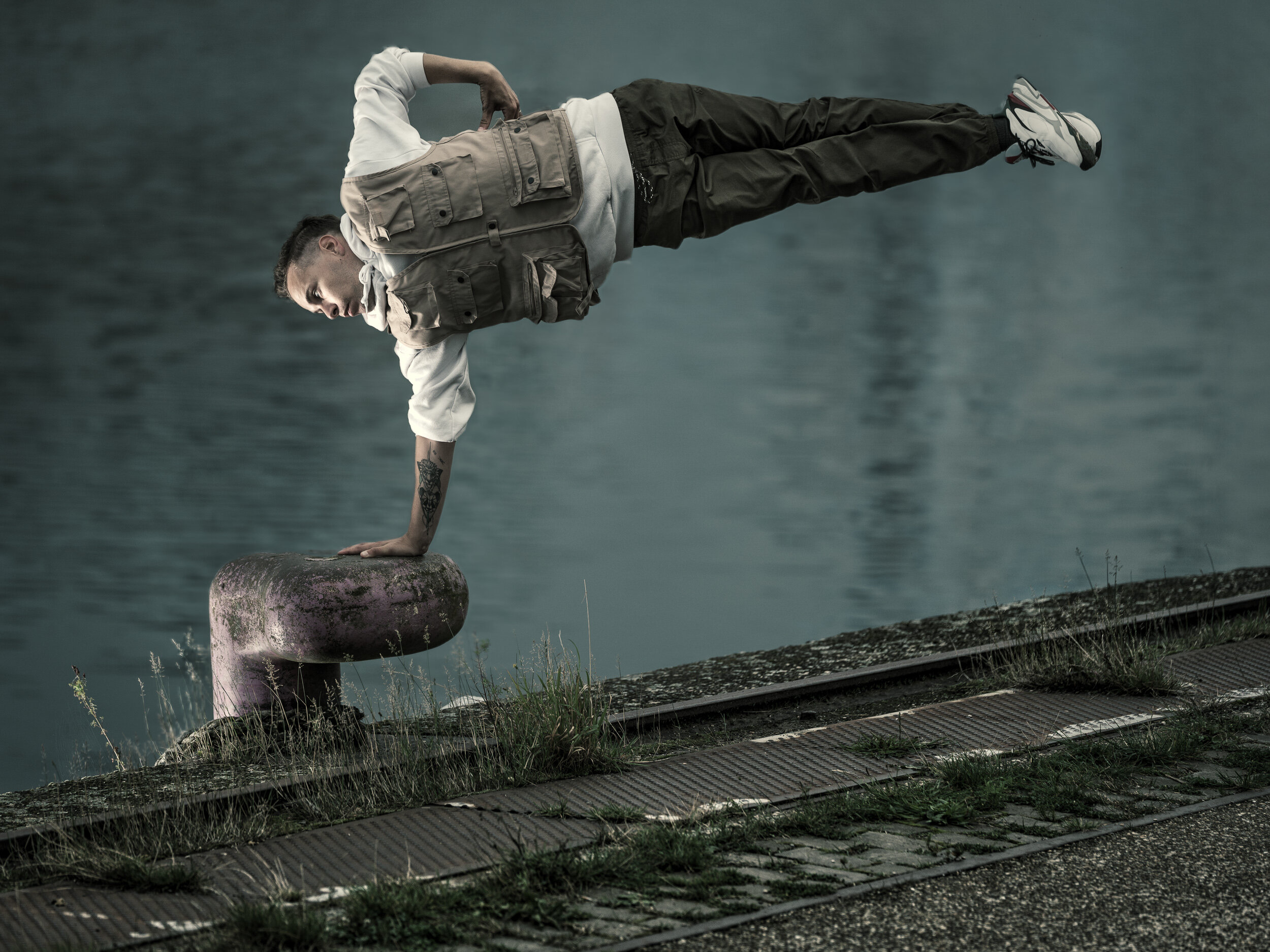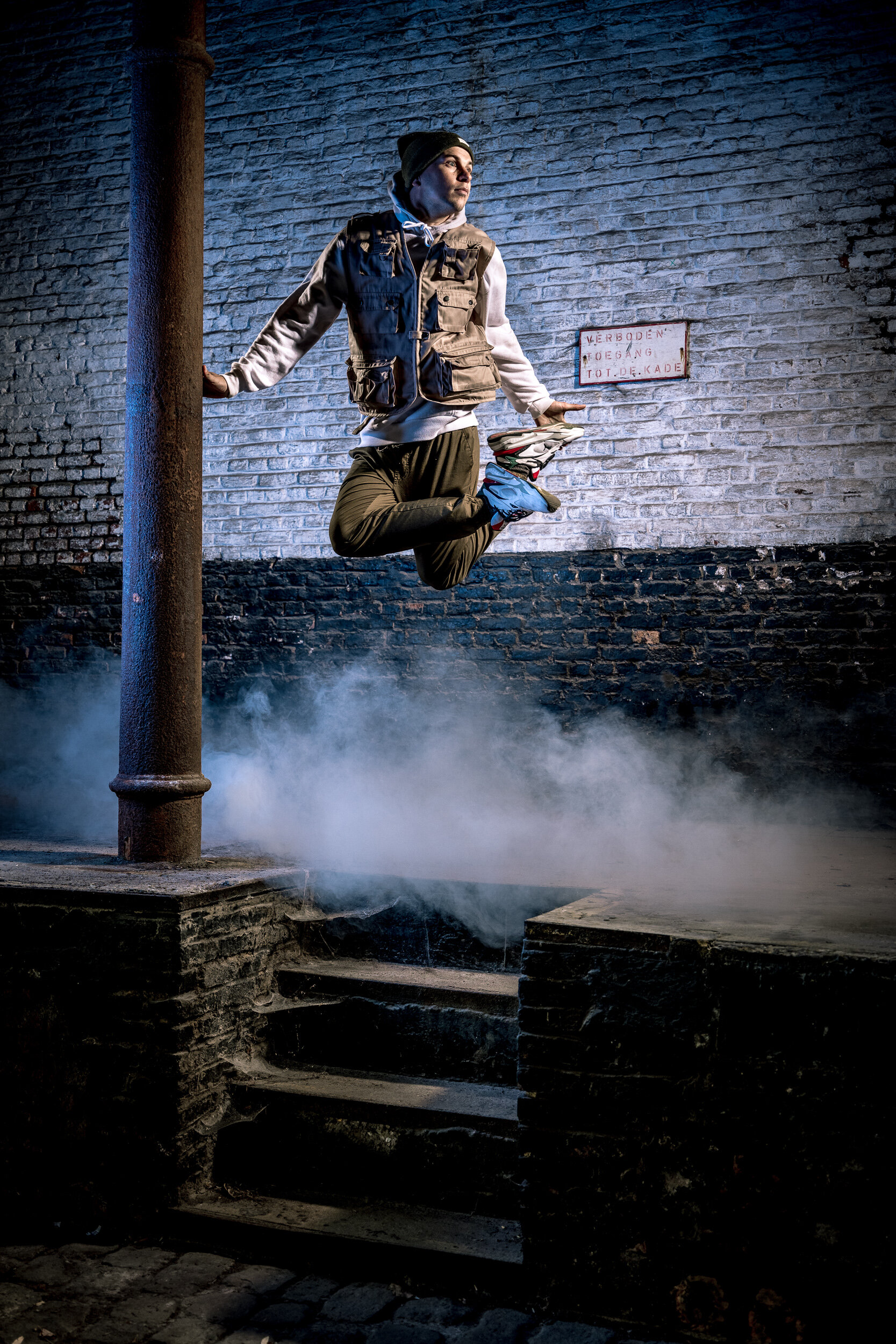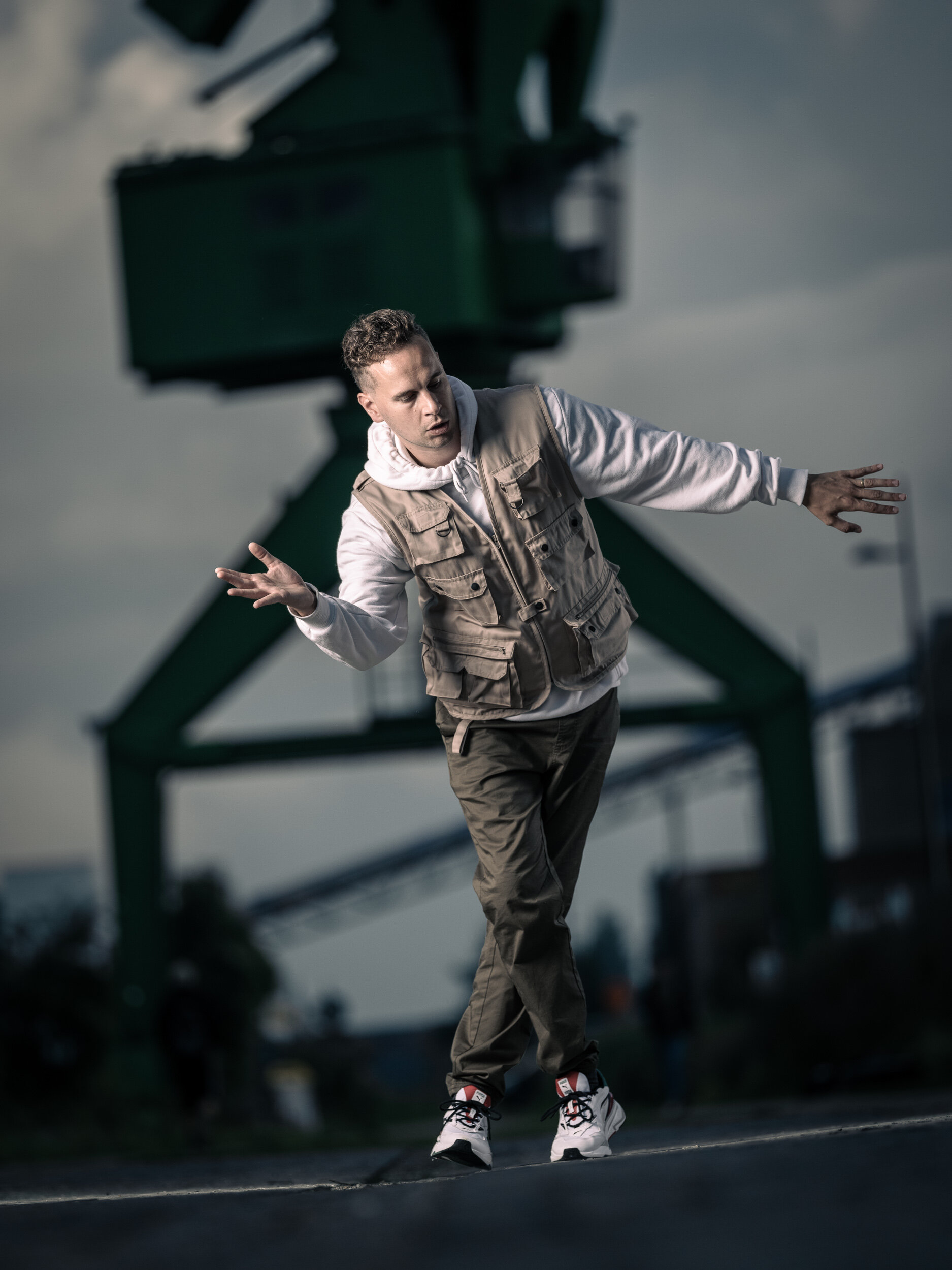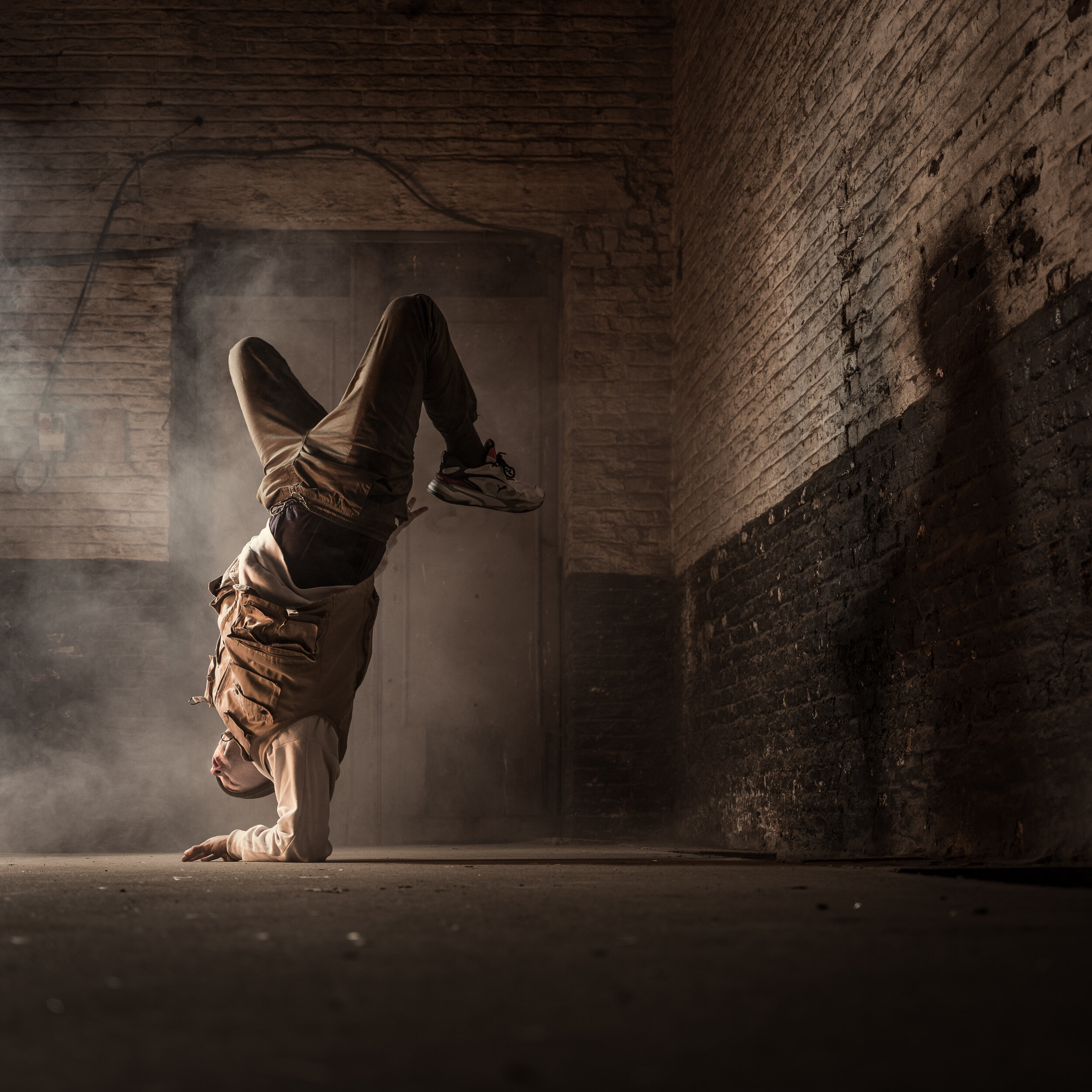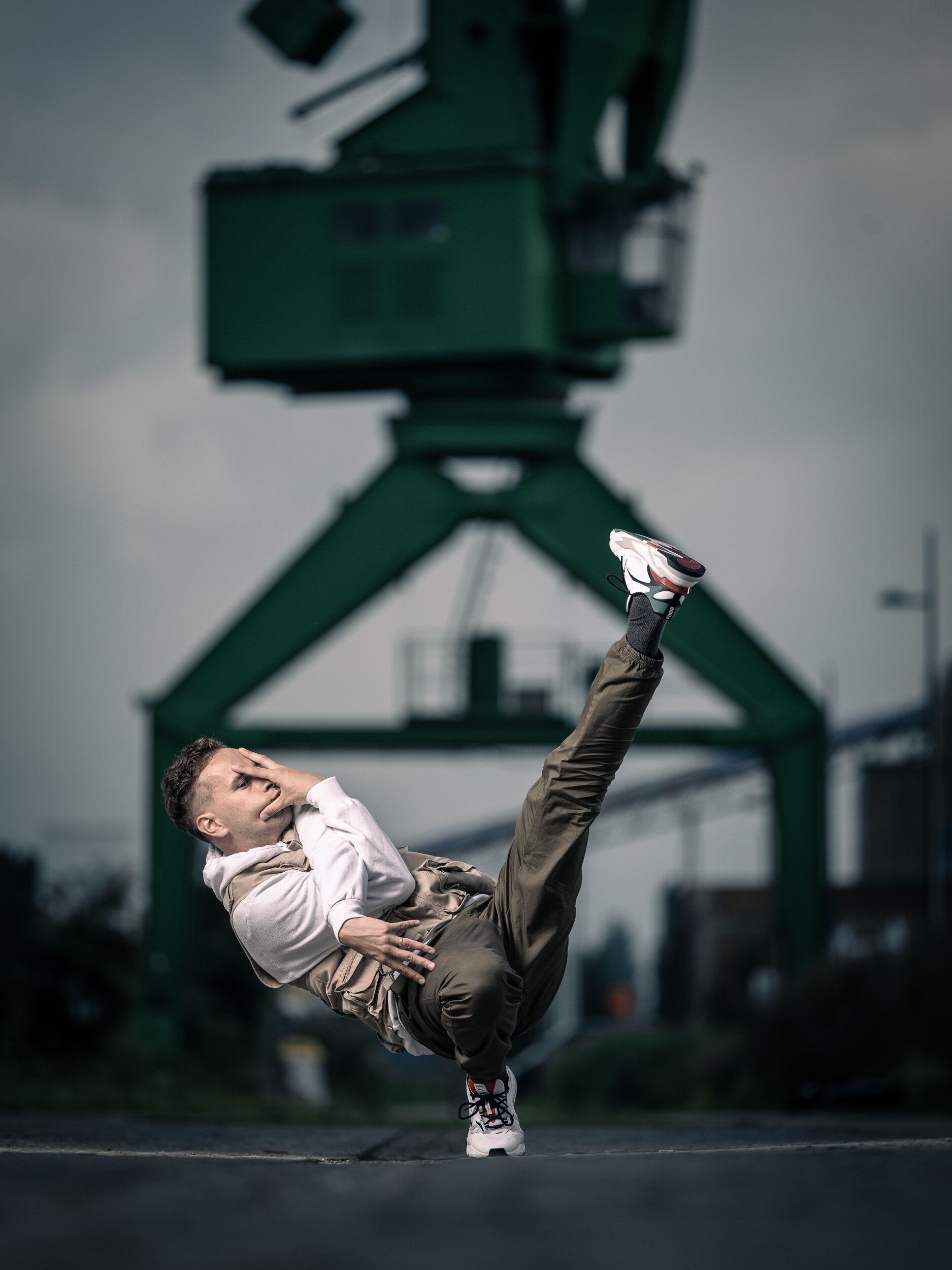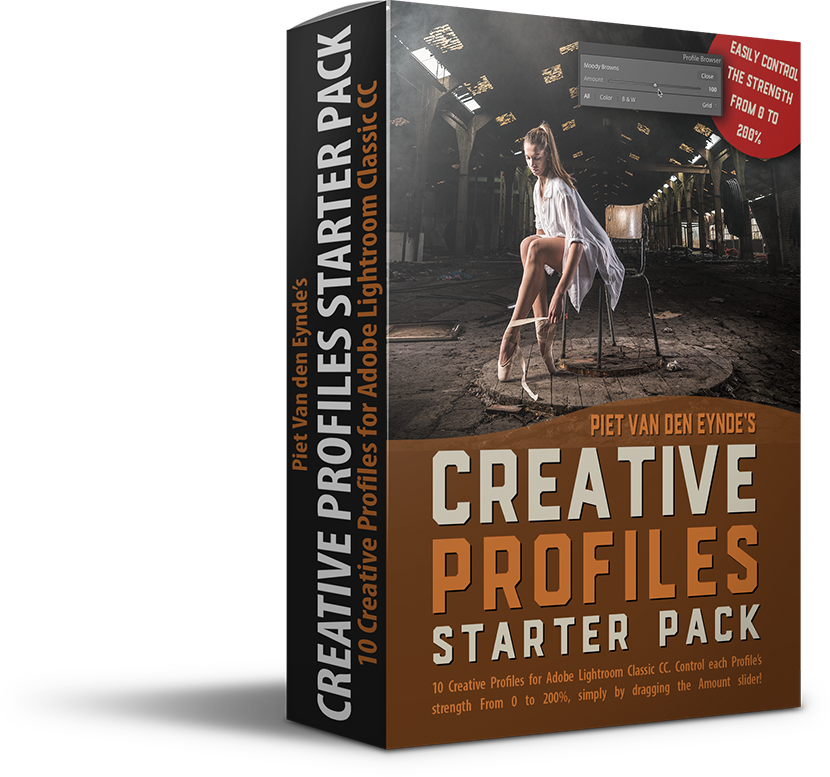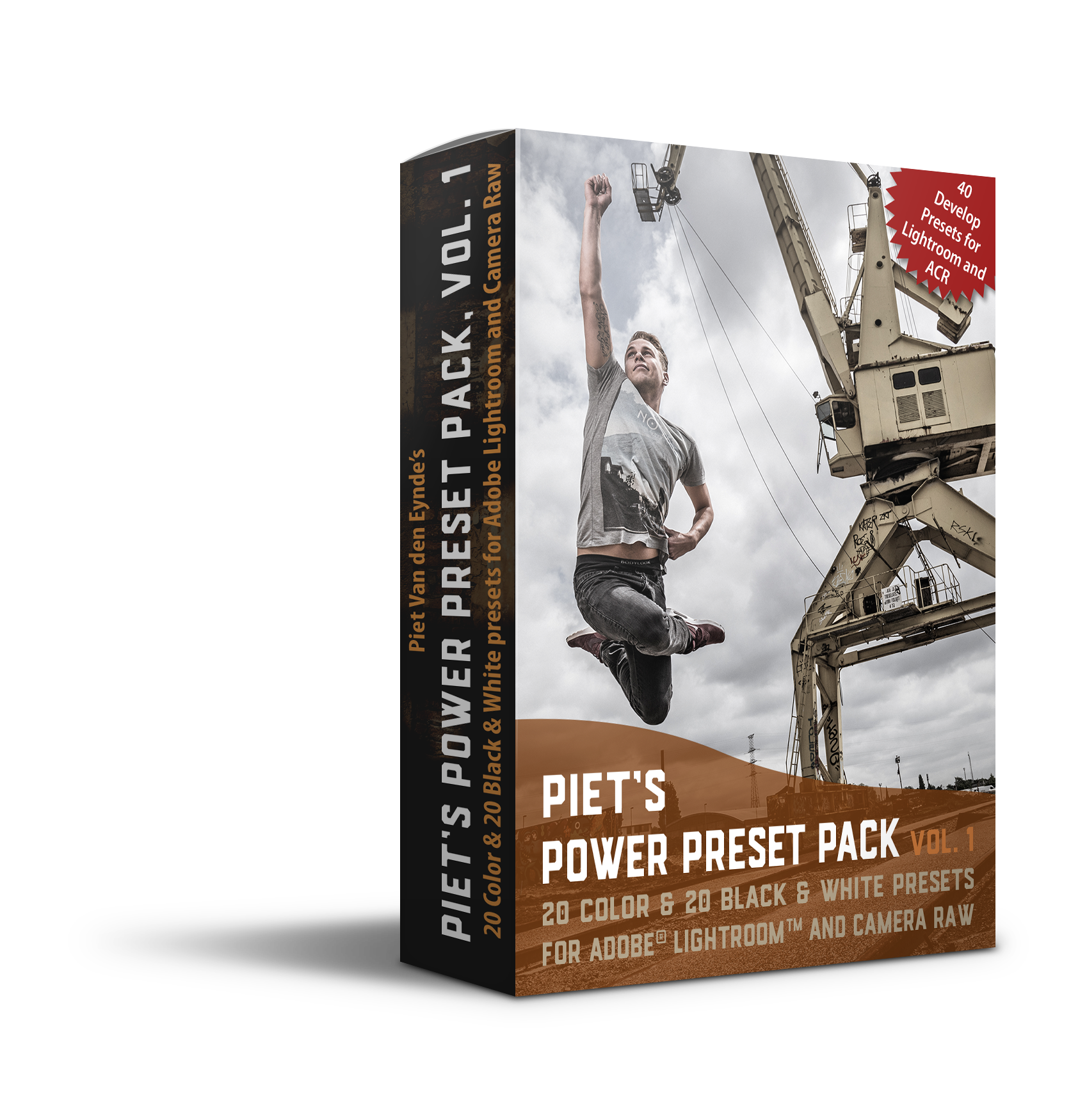Disclaimer: I am a Fujifilm X-Photographer. I have been using Fujifilm GFX cameras for the past five years. So, is this review biased? Probably. But then again, very few reviews aren’t. What might be more important for you to know is that, contrary to popular belief, Fujifilm X-Photographer don’t get free GFX cameras and lenses thrown at them – at least I don’t :-) So, I have personally invested a lot of money in my own GFX system and I wouldn’t have done so if I didn’t truly believe it’s a great camera system for me. I hope this review can shed some light as to whether it can also be for you. And while we’re on the subject of disclaimers: the images in this article are not ‘Straight-Out-Of-Camera'. I like editing my images. In fact, the ‘postprocessability’ – did I just invent a new word? – of the GFX files is one of the reasons I love them so much.
How my GFX love affair started…
Almost 5 years ago, I was asked by Fujifilm’s marketing department to test drive the then long-awaited and not yet released GFX 50S. My mission was so simple it was a little bit frightening ;-) I had a budget and a couple of weeks to return with a three minute video and a number of stills that would highlight the quality of the camera. As I also wanted to showcase its versatility – the 50S was unusually small and lightweight for a large format camera – I decided to take it as far away from traditional large format cameras’ natural studio habitats as I could, and took it with me on the plane to Varanasi, India. This is what I returned with:
Above: my original GFX 50S video
I remember being absolutely blown away by the dynamic range and the resolution after taking those first shots in that little, rather unstable boat on the Ganges. In fact, so much so that I placed my preorder for my personal GFX 50S that same day. Since that trip to Varanasi, I’ve almost exclusively photographed with the various cameras of the GFX ecosystem. I’ve taken the GFX 50S to Mongolia, the 50R to Ethiopia and the 100 to Kolkata. Once you get used to the file quality of the GFX images, its hard to settle for less.
Above: photographing the Omo valley with the GFX 50R in Ethiopia
Above: photographing ballerina’s and dancers with the GFX 100S in Belgium
Why the GFX has made me a better photographer
I know they say that gear doesn’t matter and that a good photographer can make great images with a smartphone or even a pinhole camera made out of a matchbox. But have you noticed that the people making these claims are often using the most expensive cameras and lights themselves?
Sure enough, if you’re a beginner and you don’t know your f-stop from your shutter speed, then a GFX probably won’t help you make better images, on the contrary. But you definitely needn’t be a professional (as in ‘I make money from my images’) photographer to use a GFX. In fact, most GFX users I know, aren’t. They’re enthusiasts. And the GXF is definitely an enthusing camera. I don’t make money from my images (apart from selling some prints) and certainly not enough money to economically warrant the investment of a GFX. But as someone with a degree in Economics, I think I can safely say that there’s more to life than just that: I got myself a GFX, not because I needed one, but simply because I wanted one. And while normally, GAS-induced (Gear Acquisition Syndrome) decisions aren’t the best, in this case I’m truly convinced that the GFX improved my photography.
Below: these images were taken all over the world, yet they have one thing in common, they were shot with a GFX.
Why? I think there are two reasons: a psychological one and a practical one. Let’s get the psychology out of the way first. I think I started paying more attention to my photography exactly because the GFX was a big investment that I – objectively speaking – didn’t really need. It was as if I owed it to myself to up my photography game to be proven ‘worthy’ of using a GFX. Maybe I’m more in need of a shrink than of a GFX :-) Or a shrink with a GFX!
The other reason was a more practical one. The GFX is a tough lover at first, playing hard to get. When you nail your shots, the GFX images are absolutely gorgeous. But the slightest mistake you make, slaps you in the face with all its 50 or 100 megapixel power. So the original GFX, which didn’t have IBIS, forced me to be much more methodical about my shooting technique. Did I really need such a low shutter speed? Wouldn’t my depth of field be too shallow if I used that wide open aperture? I found myself thinking more before pressing the shutter instead of wondering what went wrong afterwards. I also started using a tripod more, mainly to get sharper images but the very welcome side-effect was that I paid a lot more attention to my framing and composition. So even though I appreciate the fact that the GFX 100 series and the new 50S Mark II have IBIS for those times that I want to move more freely, I still use a tripod whenever I can.
The GFX 50S Mark II
The GFX 50SII and the Fujinon GF35-70mmF4.5-5.6 WR. Photo © Pieter D’Hoop
Four and a half years after the official release of the GFX 50S, we now have the GFX 50S Mark II or GFX 50SII as it’s officially called, and I’m happy that Fujifilm thought of me again to try it out. The times being what they are, instead of flying 5,000 miles, I drove 5 miles to a great outdoor location near where I live and instead of scouting Indian character faces, I invited Matthias, a talented hip-hop dancer. I put up a light or two and you can see the result below. The dialogue is in Flemish, but I’ve added both Dutch and English captions ;-) Just click on the CC icon in the player and choose the ones you prefer.
Overall impression
The grey lettering is the only thing that visually sets the GFX 50SII apart from the GFX 100S. Photo © Pieter D’Hoop.
Volume-wise, the GFX 50SII II is identical to the GFX 100S and that’s a good thing. They share the exact same body. The only way to tell them apart is that the GFX 50S II has a small grey logo on its side. If ever you upgrade from one to the other, or you are a GFX 100S shooter that wants a 50SII as a backup, you don’t have to retrain your muscle memory. I won’t bother you much with the other tech specs (yes, it’s got IBIS, yes, it’s 50 megapixel, yes, it’s got two SD card slots, yes, it’s got a touch screen) as you can find them on Fujifilm’s site here.
The body is considerably lighter and smaller than the original GFX 50S. In fact, it’s smaller than some fullframe cameras! This sensor still delivers the same impressive results as it has for me over the past years and the fact that it has IBIS is definitely a good thing as it will help to keep your ISO low and therefore your image quality as high as possible. The new Fujinon GF35-70mmmF4.5-5.6 WR ‘kit’ lens is only $/€ 500 extra when you buy it together with the camera and that makes it a no-brainer.
Excellent image quality, compact and more affordable than some other cameras with smaller sensors. Those are the three main selling points fo the GFX 50S Mark II. GFX50S II | GF23mmF4 R LM WR | 1-500 sec at f - 8,0 | ISO 100
One of my favourite lenses so far is the GF 32-64 f/4 but it’s quite big and heavy. This new GF 35-70 lens has nearly the same specs in terms of focal length, albeit a stop slower on the tele side and it doesn’t have an aperture ring. But it costs a third of the price (a sixth if you buy it in a bundle with the GFX 50SII) and weighs a lot less. If you’re looking for a really lightweight yet versatile package, you could get the GFX 50SII with this 35-70 lens and maybe a GF 80 mm f/1.7 or a GF 110 mm f/2 for those times when you want to get creative with your shallow depth of field.
But maybe the most impressive feature of this camera is the price. The GFX 50SII is sold for €/USD 4,499, including the lens. That’s €/USD 2,000 or 30% cheaper than the original body-only price of the 50S. So, not only are there fullframe cameras bigger and heavier than this GFX 50SII but there are also quite a few that are (far) more expensive. Great image quality in a convenient package at an affordable price. I think Fujifilm has another winner on their hands here!
And it’s not just become cheaper, lighter and more compact than its predecessor. Although it still uses the same sensor, inside, a lot of other things improved as well:
as mentioned, the GFX 50SII has IBIS, allowing you to shoot hand-held at much lower shutter speeds without compromising that medium-format sharpness. In fact, the IBIS in the GFX 50SII is more effective than in the GFX 100S!
new battery (same one as the GFX 100S and the X-T4
the LCD screen can be pulled back a little so the viewfinder doesn’t obstruct it. This may look like a small thing, but it is incredibly handy.
faster processor (the X-Processor 4).
The new Fujifilm GFX 50S Mark II: a fine balancing act between price, performance, weight and volume.
Fujifilm GFX50S II | GF250mmF4 R LM OIS WR | 1-1600 sec at f - 4,5 | ISO 400
Which GFX should you get?
The GFX arrange now spans five cameras: the original GFX 50S, the new Mark II, the GFX 50R, the GFX 100 and the GX 100S. I think for most people, the choice will be between the 50S Mark II and the 100S. The 100S with the same lens will set you back about €/USD 8.000 and while that is incredibly affordable for a 100 megapixel camera, it’s also almost twice the price of the GFX 50SII. The two obvious main differences are the resolution and the autofocus system. The 100S has a hybrid (contrast and phase detection) autofocus system whereas the 50S is contrast-detection only. If you shoot mainly landscapes, architecture or more formal portraits, and you don’t need the resolution of the 100S, the 50SII will be a great entry point into the wonderful world of ‘more than fullframe’ cameras. And should you get bitten by the GFX bug and you want to get a 100S after a while, it will still serve as a cost-effective backup body.
A camera system is only as good as the lenses that go with it. As such, the GFX 50SII is in very good company! Image © Pieter D’Hoop
If you do require the extra resolution, or you like to experiment with various crops and aspect ratios, or if you want a more powerful autofocus system, the GFX 100S might be a better fit. Either way, you’ll be getting yourself one of the best cameras that is currently available, backed by an impressive lens lineup to choose from and if it improves your photography as much as I feel it has improved mine, either choice will be a great one.
For another Belgian photographer’s look at the GFX 50SII, check out my friend and fellow X-Photographer Pieter D’Hoop’s video here. For a more in-depth look at the new features of the GFX 50SII and a comparison with the original GFX 50S and the GFX 100S, check out my good friend Matt Brandon’s first look here.
I love the fact that the GFX images have a lot of leeway in terms of further postproduction. This image was edited with a Creative Profile from my Creative Profiles Starter Pack. Or… get the bundle of my three Creative Profiles packs and my Lightroom Preset Pack. Both are currently 50% off (until September, 15). These are the exact same presets and profiles that I use to edit most of my images.
If you want to know more about working with flash on location, check out my Dutch book here (English PDF ebook here) or my Location Lighting Masterclass (English | Dutch). The Location Lighting Masterclass is currently 50% off until September 15! See the video below for more info about this unique tutorial.
